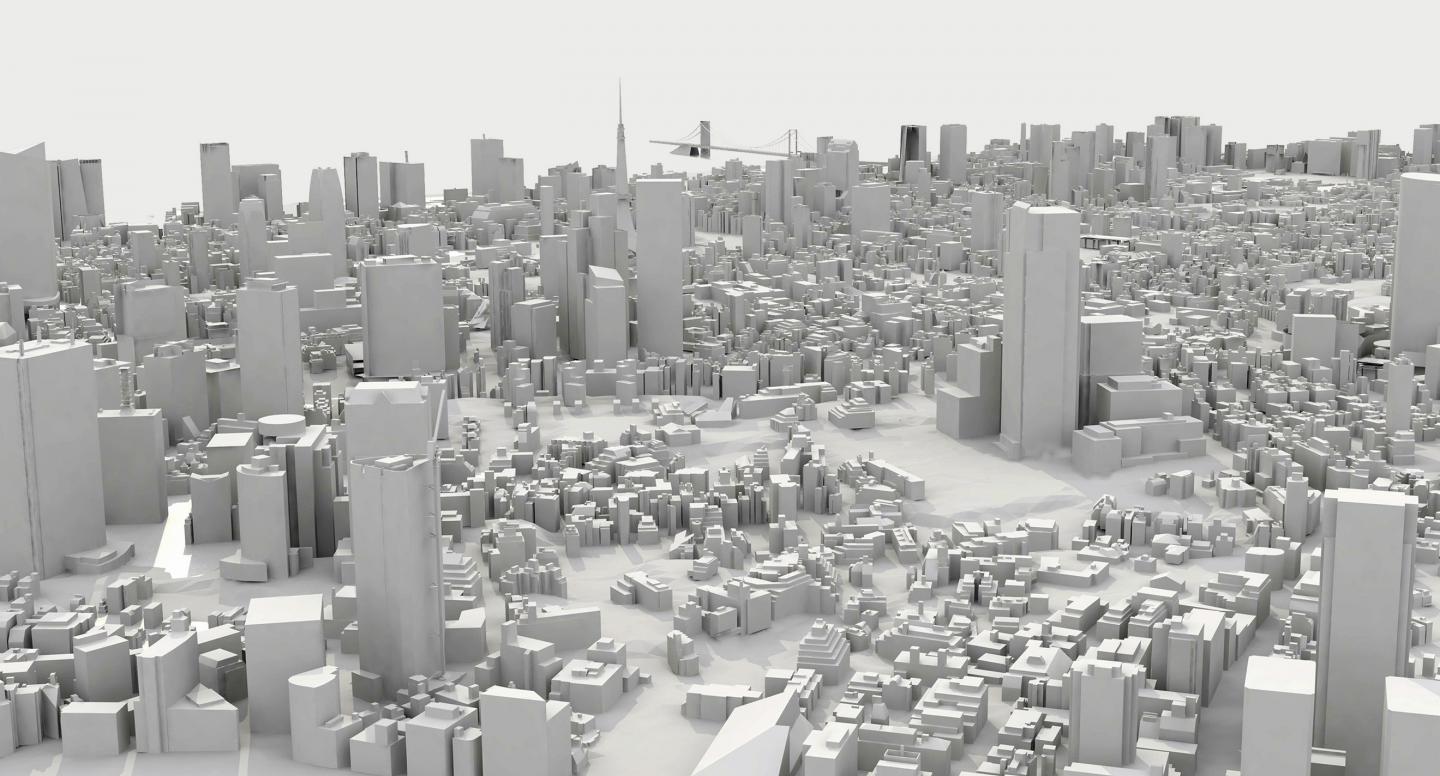Researchers use genetic algorithm to predict city growth

By Marina Wang
Inspired by natural biological systems, researchers are using an evolutionary genetics algorithm to predict the future skylines of cities.
The model uses historic and economic data as input and then models the number of buildings as well as their location and height. The study aims to help city planners and policy makers simulate the largely unpredictable growth of city centres.
Since urban growth bears a close resemblance to the growth of self-organizing biological systems, researchers from the Spanish Foundation for Science and Technology based their model around Darwinian logic of natural selection. The genetic algorithm involves randomly combining possible solutions to a problem, with the most accurate results being selected for. Based on this feedback, the model learns the growth pattern of cities.
“In the same manner as organisms, cities experience constant change and transformation through endless mutations in what constitutes the ultimate and most visible expression of civilization,” reads the study, published in the Journal of Urban Planning and Development in March. “Because urban growth is the result of a collective and largely unplanned effort that does not necessarily follow the most logical, advantageous, or efficient patterns, the use of evolutionary computation seems to present an ideal and novel approach to simulate vertical growth.”
The study used the rapidly growing Minata Ward in Tokyo, Japan, as a case study and compared their algorithmic predictions with the actual urban projects underway between 2016 and 2019. Their algorithm correctly predicted the total number of buildings and their likely locations but was less accurate when it came to the exact year of urban developments and building heights.
Future studies aim to model urban growth in larger areas and with more accuracy. In addition, the algorithm can be adjusted to model any rapidly growing city, not just Tokyo. “This article concludes that it is possible to accurately simulate the evolution of complex self-organizing artificial systems, such as a city skyline, with the assistance of genetic algorithms,” reads the study.



